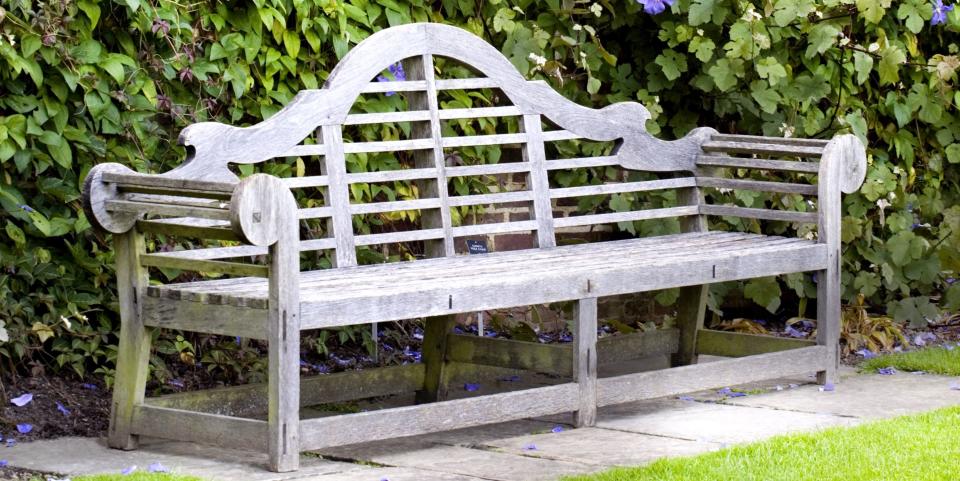Why every home should have a Lutyens bench

The House Beautiful team pick a design classic we think you'll love forever – this time, the Lutyens bench.
Who designed it?
The Thakeham bench, better known as both the Lutyens and Sissinghurst bench, was designed by Sir Edwin Landseer Lutyens (1869-1944), an English architect renowned for designing houses in the Arts & Crafts style. He also created The Cenotaph in London’s Whitehall, as well as other important public buildings around the world. The bench was first produced in 1902, but no original sketches or plans have been discovered since.
Why we love it?
With a classical shape and elegant proportions, the Lutyens bench (as it is best known today) is unmistakably the work of a designer who has an affinity for architectural principles. Officially known as the Thakeham, the bench was designed for Little Thakeham, a West Sussex estate featuring a private house and gardens that was created by Sir Edwin Lutyens at the turn of the 20th century, and is now regarded as one of the architect’s finest projects.
Today, the bench remains popular and has become synonymous with Lutyens’s eye for structure, shape and scale. It is equally at home in the grounds of grand mansions and modest patios, and can be seen in gardens around the world, including several belonging to the National Trust. Sissinghurst Castle Garden in Kent is one of the charity’s most popular destinations and the property’s name has even become another moniker of this smart bench.
Why you'll love it forever?
The arcs and twists of the bench's curved silhouette make it a piece that looks at once both traditional and enduringly contemporary. Originally made from high quality English oak, a historically accurate design can be bought from a company run by Lutyens’s granddaughter Candia, although these are investment pieces that will set you back thousands. You can find other versions at different price points, although these reproductions vary in quality. Look out for more budget-friendly designs in teak or eucalyptus from Barlow Tyrie and the Royal Horticultural Society.
What makes a design icon?
For a piece to be truly iconic to the HB editors, it needs to:
Have longevity and really stand the test of time.
Illustrate innovative design, whether from the high street or a showroom.
Be recognisable homeware that deserves the spotlight.
Serve as an object of desire – beautiful, yes, but useful, too.
Be a piece that is used every day by House Beautiful editors.
Follow House Beautiful on TikTok and Instagram.
You Might Also Like

 Yahoo Finance
Yahoo Finance 
